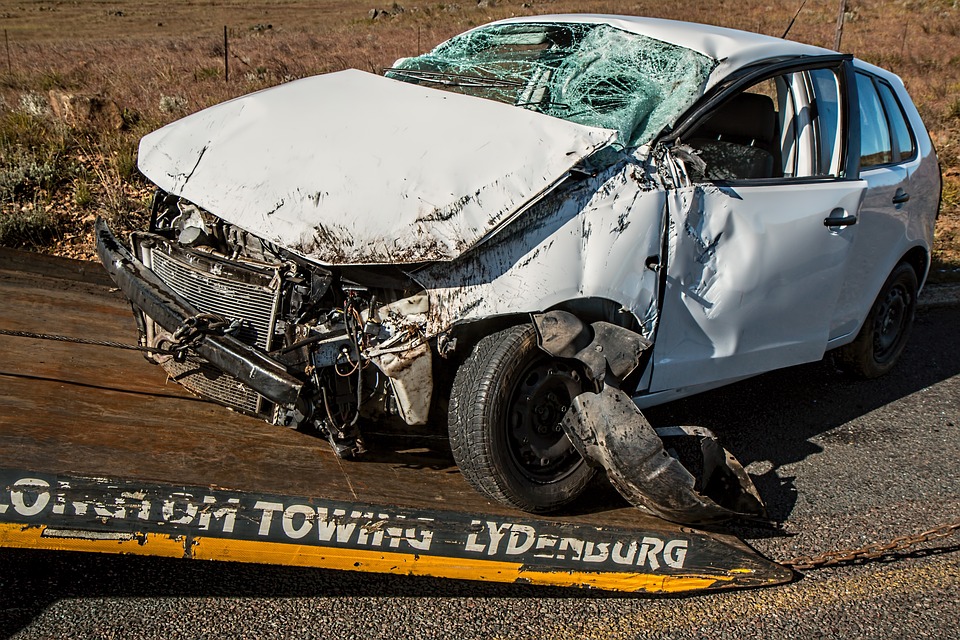When you’ve been injured in an accident, losses begin to pile up. You may lose time from work, suffer property damage and be forced to deal with the pain of an ongoing physical injury. While it might not be an initial thought in your mind, it’s important to begin considering whether you will need to pursue a settlement with an insurance company or a personal injury lawsuit to recover from these extensive losses as quickly as possible. The most important steps that need to be taken after an accident are collecting the evidence and documenting your claims, beginning negotiations and filing your lawsuit claim.

Collect Evidence and Document your Claims
Preserving and documenting evidence regarding both your accident and injuries is critical in receiving the compensation you deserve. This process of documentation should begin immediately after the accident occurs. Anyone involved in an accident should contact the police right away. If medical services are needed, then the police will dispatch an ambulance. The police will also document the accident through a police report and begin an initial investigation into the causes of the accident. You should preserve any medical or prescription bills you incur in the event you need medical treatment right away. If your injuries are not severe, then it may be possible to obtain any witness’s contact information to help your case later. If possible, then document the scene by taking photographs of the road conditions, damage or anything that may have contributed to the accident.
Begin Negotiations
Once you’ve documented your losses, you should be able to calculate an estimated value of the total financial losses you’ve incurred. This estimated amount should include any medical expenses, lost wages, and property damage. If you plan on asking for compensation for pain and suffering, then this value will be more difficult to quantify. It’s important to consider the role negligence played in your accident. If your own negligence contributed to the accident, then it’s likely your overall compensation award will be reduced based on the percentage of your own negligence. Once you have an acceptable amount of compensation calculated, you may reach out to the insurance company and begin negotiating an amount with them.
Filing a Claim
In many cases, the liable party will try to negotiate a much lower settlement amount than the victim really deserves. They may not willingly cover all your expenses. If this is the case, then you may need to pursue a personal injury claim against the insurance company or at-fault driver. The first step is filing a complaint with the court. The complaint will be served to the defendant who needs to respond to the allegations. Next, the discovery process will begin. The evidence and documentation you’ve collected will be crucial in this phase of your lawsuit. Finally, each side will present their full case in court. A jury or judge will hear both sides of the argument and make a determination about entering into a judgment amount. An attorney is not required for this process, but it is strongly recommended. For more information, please visit CoyeLaw.com/practice areas/orlando-car-accident-attorney.cfm.
Collecting and documenting your losses, beginning negotiations and filing a claim are all important steps in pursuing a personal injury lawsuit after an accident. Personal injury attorneys are skilled at building the injured victim’s case and maximizing compensation awards, but individuals may also choose to represent themselves in court.
